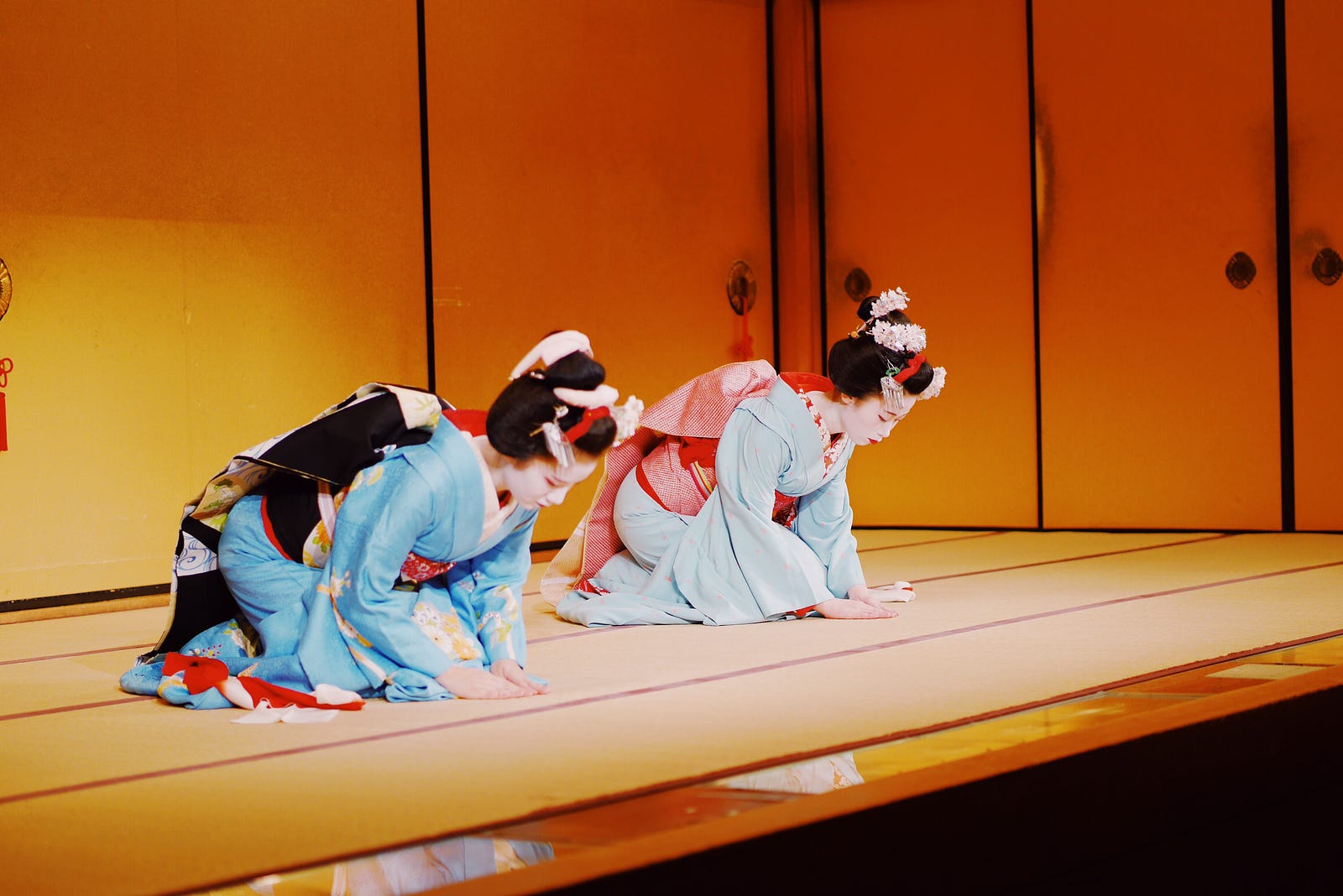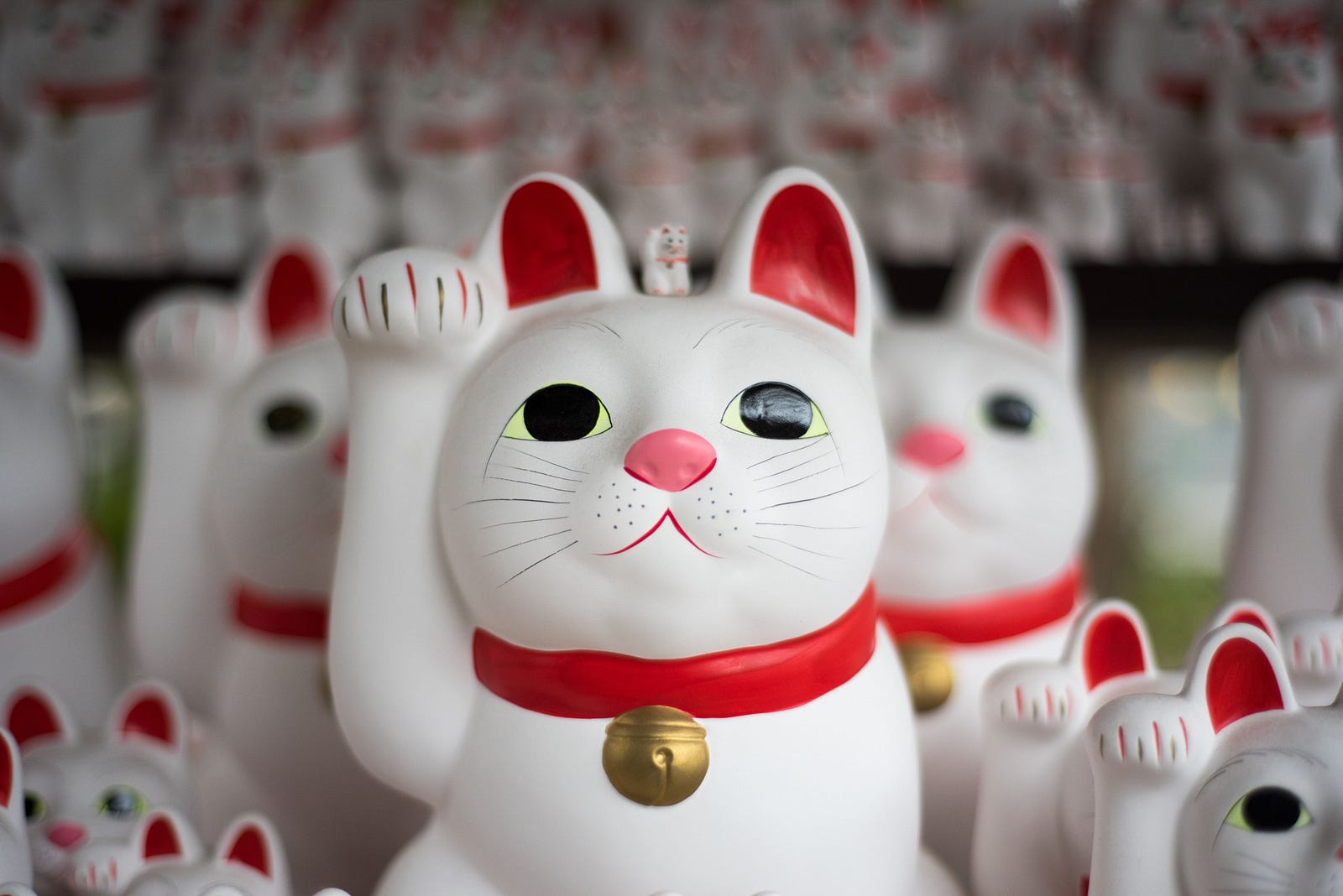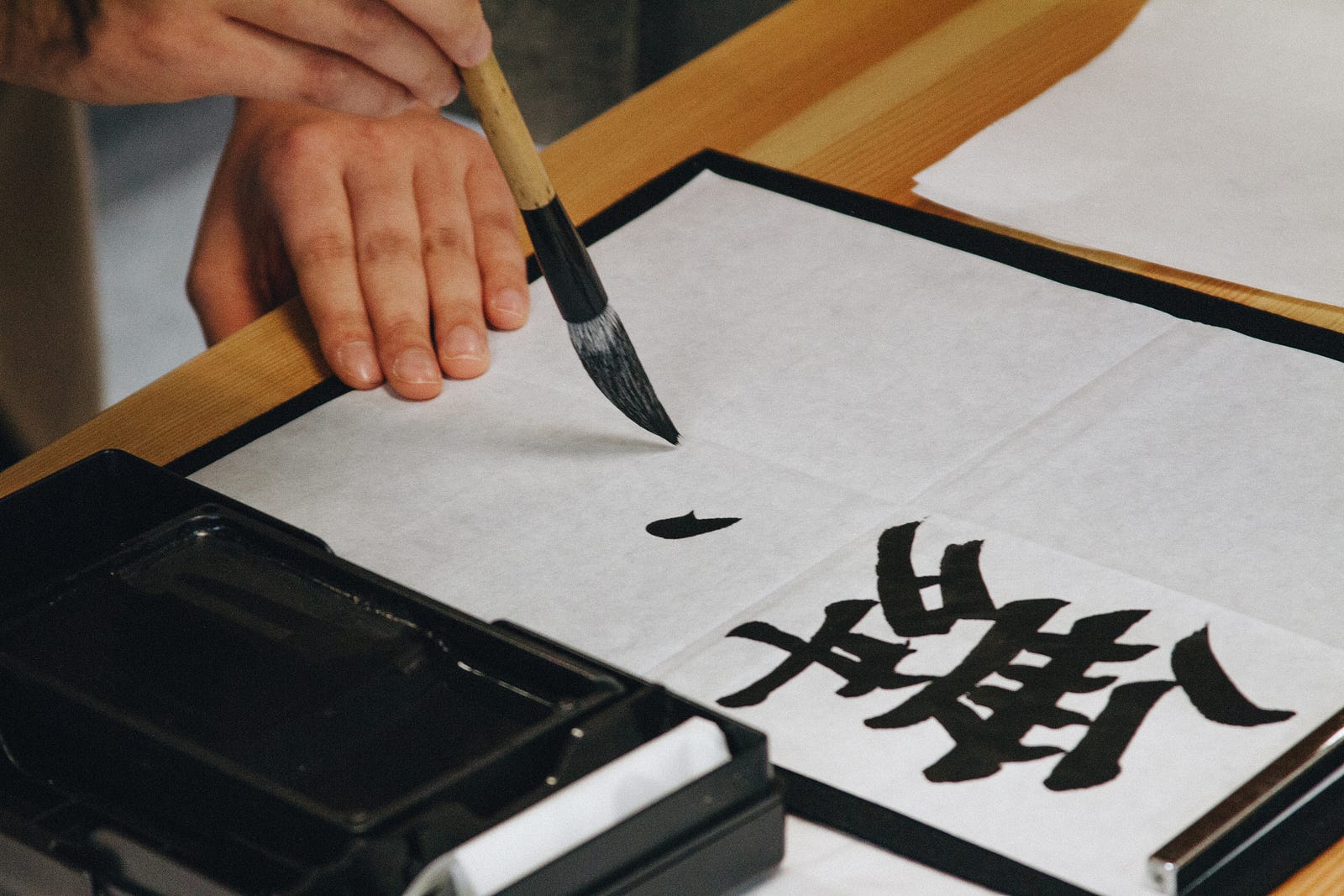Say Sayonara to Sayonara: Japanese words that are misunderstood

This article from the Kiwi Yamabushi newsletter got more than 1,000 reads, so I decided to put it here for everyone. Get articles just like this in your inbox by signing up here. Paid subscribers get priority access and access to the full archive of over 100 articles.
And the best way to learn the real meaning of words
There are tons of words that translate into Japanese exactly word-for-word. Neko = cat. Banana = Banana. Sushi = sushi.
At the same time, there are many words that seem like exact matches, but really aren’t. And if you aren’t careful, not knowing their important nuances can trip you up, stifle your motivation, and worst of all put a stop to your language learning. Plus, as we’ll find out, if you really aren’t careful, they could even make or break a relationship.
Don’t worry, though.
Today I’m going to share with you some of the more common words that don’t quite translate exactly into English. More importantly, I’ll share some techniques you can use so you don’t get tripped up, and can use Japanese vocabulary with confidence.
Without further ado, Ikimasho. Let’s go!
1. ‘~masho’ is not a direct translation for ‘Let’s’

As it turns out, Ikimasho (行きましょう) highlights two of the words for today: the term for ‘let’s’, ‘~masho’ (〜ましょう), and ‘to go’, ‘ikimasu’ (行きます).
Let’s start with let’s.
‘Let’s’ is an abbreviated form of ‘let us’. We use ‘let’s’ to refer to something we do, something including ourselves, right?
However, ‘let’s’ is often translated into Japanese as ‘~masho’.
The thing is, ‘~masho’ does indeed mean ‘let’s’, but ‘~masho’ also has another meaning not including yourself.
Take a mother telling their child to eat, for example. In Japanese, it is perfectly natural for the mother to point to the food and say ‘tabemasho’. The mother isn’t including themselves, but they are still using the ‘~masho’ form. A mother telling their child to eat up their dinner in English wouldn’t say ‘let’s eat’, unless they were intending to eat some too.
In other words, ‘~masho’ is not an exact translation, and is a lot more versatile than ‘let’s’ in English.
2. When coming means going and going means coming

Let’s talk about coming and going, ‘kimasu’ (来ます), and ‘ikimasu’ (行きます) in Japanese respectively. What if I told you these translations aren’t exactly correct?
Well, they aren’t.
For example, you hear the doorbell ring. The NHK person is staring into your videophone camera in their pristine suit holding a fresh invoice with your name on it.
Instead of ignoring it outright or pretending you don’t speak Japanese, you say ‘ima kimasu’, right?
Wrong.
For English speakers, ‘I’m going’ would sound like you are pulling a runner on your NHK bill. You wouldn’t do that, right? However, in this case, ‘ima ikimasu’ would be the correct thing to say.
In English, these terms depend on our location in relation to the listener. We tell the NHK person we are coming to where they are. However, in Japanese it’s not about location at all. Rather, it’s about the action we take. In Japanese, since you are going to the door, the correct thing to say would be ‘ima ikimasu’, ‘I’m going now’.
Confused? I wouldn’t worry about it too much. The NHK person should know what you mean if you get it wrong. Plus, they probably have all your entrances sussed out should you truly do a runner.
In saying that, there is one easy(ish) way around this: Keigo, honourific speech. The word ‘mairimasu’ (参ります) covers both come and go at the same time. If you aren’t sure which one to use, just be ultra polite and say ‘ima mairimasu’.
Speaking of which, Mairimasho.
3. Ohayo gozaimasu does not always mean ‘Good Morning’

When you’re first learning Japanese, some of the most common phrases seem so similar in meaning it is very easy to get them confused.
For example, one evening you’re sitting down to a nice bottle of Asahi and some freshly-bought obento from 7-Eleven. Suddenly, you hear your doorbell ringing. Your heart sinks as you realise who it is.
The NHK person.
You quickly drop your disposable chopsticks and run to the door. Without thinking, you hear the words ‘ohayo gozaimasu’ come out of your mouth.
Ohayo gozaimasu! That’s for mornings! You mutter to yourself. Konbanwa is the evening greeting!
Well, yes and no.
Strictly speaking ‘ohayo gozaimasu’ doesn’t mean good morning. Well, it does, but only because it more specifically denotes the first meeting of that day.
In fact, similar to ‘mairimasu’ from before, ‘Ohayo gozaimasu’ is what Japanese would call ‘ōrumaitī’, オールマイティー (almighty); usable in any situation. It just so happens that for most people, ‘Ohayo gozaimasu’ happens in the morning.
If you accidentally find yourself saying ‘Ohayo gozaimasu’ even though it isn’t morning, don’t worry. While rare, ‘Ohayo gozaimasu’ is said in the evening, usually with someone coming in to work the late shift. And usually about the time you want to say ‘Otsukaresama deshita’ to your boss. But definitely not Sayonara!
4. ‘Sayonara’ doesn’t mean ‘See ya later!’

‘Sayonara’ (さようなら) is one word we hear a lot in English that you hardly ever hear in Japanese.
The reason for this? While ‘Sayonara’ does indeed mean goodbye, it comes with a sense of permanence. ‘Sayonara’ could loosely be translated into English as ‘if that’s all she wrote’. In certain cases, ‘Sayonara’ even comes with a connotation of ‘good riddance’.
It’s what an elementary school kid says to their teacher when they graduate. It’s what you say when you break up with someone. It’s also what you would say to someone on their deathbed.
In other words, ‘Sayonara’ is used when you don’t expect to see the person again.
Instead of ‘Sayonara’, feel free to use ‘mata aimasho’ (また会いましょう), more formally ‘mata oai shimasho’(またお会いしましょう), or casually ‘mata ne’ (またね). All of these mean ‘let’s meet again’. And for business settings, you can’t go wrong with a solid ‘osaki ni shitsurei shimasu’ (お先に失礼します).
But by all means, feel free to use ‘Sayonara’ with the NHK person.
Implications for learning Japanese

When you learn vocabulary in Japanese, or any other language for that matter, don’t take word-for-word translations at face value. Make sure to incorporate some example sentences both when learning, and reviewing vocabulary. And as much as possible, use example sentences either made by or checked by native speakers. Not only does this make it easier to remember the words, it also means you get a more accurate representation of that word in the target language.
If you don’t, you risk going through all the effort to remember some vocabulary, only for some slight difference in meaning to come back and bite you in the butt. All it takes is a little bit of diligence and some foresight to avoid completely.
Learning another language is more than just memorising vocabulary and grammar. There’s a whole other layer beyond these words, and with Japanese these layers truly are endless. But making progress in spite of this is truly inspiring, and is exactly what makes learning Japanese so fun!
This article from the Kiwi Yamabushi newsletter got more than 1,000 reads, so I decided to put it here for everyone. Get articles just like this in your inbox by signing up here. Paid subscribers get priority access and access to the full archive of over 100 articles.
MOUNTAINS OF WISDOM
Yamabushi newsletter
Sakata City, Yamagata, Japan



